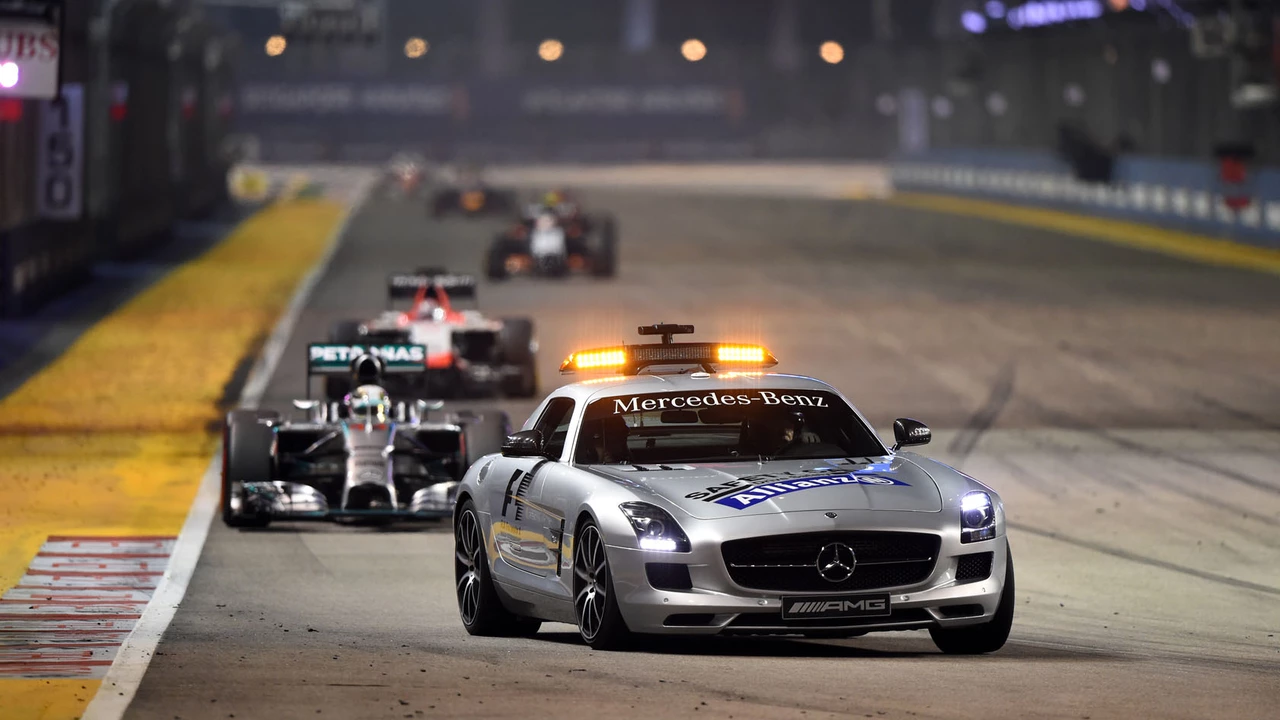Rally Comparison Guide: What Matters Most
If you’ve ever wondered whether a sequential gearbox beats a standard H‑pattern, or how rally differs from rallycross, you’re in the right place. Below we break down the most common comparisons that pop up on the UK Endurance Rally Hub. Each section gives you the facts you need to decide what fits your style or budget.
Gear and Shifters: Sequential vs Traditional
Most modern rally cars use a sequential gearbox. The kicker? You push the lever up or down and it hops to the next gear – no skipping, no “H‑pattern” hunting. That means faster shifts and less chance of a missed gear when you’re ripping through a tight corner. Traditional H‑pattern boxes are lighter and cheaper, but they require the driver to move the stick left‑right‑up‑down, which can be slower under pressure.
In practice, a sequential box gives you about 0.2‑0.3 seconds quicker shifts. Over a 15‑stage rally that adds up to seconds saved – the kind of margin that can move you up the leaderboard. If you’re a beginner on a tight budget, an H‑pattern can still work, but be ready to practice shifting quickly.
Drive Layout: Front‑Wheel Drive (FWD) vs All‑Wheel Drive (AWD)
FWD cars are surprisingly capable on low‑traction surfaces like snow or loose gravel. The front wheels pull the car, which can give a predictable turn‑in and less oversteer. However, on high‑speed gravel or mixed‑surface stages, AWD dominates because it distributes power to all wheels, keeping traction where you need it.
Real‑world numbers show AWD rally cars often hit 120‑130 mph on long straights, while FWD might top out around 100‑110 mph on the same stage. If you’re just starting out, a FWD car can teach you car control without the complexity of a full AWD system. When you’re ready to push limits, switching to AWD will let you attack more aggressively.
Rally vs Rallycross: What’s the Big Difference?
Rally is a point‑to‑point marathon spread over public roads, forests, or mountains. Stages can be 10‑30 km long, and you rely heavily on a co‑driver’s pace notes. Rallycross, on the other hand, is a short sprint on a closed circuit that mixes dirt and tarmac. The race lasts a few minutes, and multiple cars start side‑by‑side.
Because rally stages are longer, car setup focuses on durability and a balanced suspension that can handle jumps, deep gravel, and tight hairpins. Rallycross cars are stripped down for raw power and quick acceleration, often with higher horsepower and stiffer suspension.
In terms of cost, rally tends to be more expensive per event due to travel, entry fees, and service crews, while rallycross can be cheaper because everything happens in one venue. Choose rally if you love navigating unknown roads and timing your stops; pick rallycross if you crave wheel‑to‑wheel action and short‑burst thrills.
Driver vs Navigator: Who’s More Important?
Both roles are crucial, but they bring different strengths. The driver focuses on car control, braking points, and reacting to the surface. The navigator reads pace notes that describe every corner, crest, and hazard ahead. In high‑speed stages, you’ll hear drivers shouting “left 3, tight!” because the co‑driver just called it.
Experienced drivers often memorize sections of the route to anticipate turns before the notes arrive, but even pros rely on the navigator for surface changes or unexpected obstacles. If you’re learning, try pairing with a seasoned co‑driver to absorb their note‑calling style. Over time, you’ll develop a feel for the road and rely less on the notes, but the navigator will always be your safety net.
Bottom line: Understanding these comparisons helps you pick the right equipment, car layout, and discipline for your rally ambitions. Whether you’re debating gearboxes, drive types, or rally vs rallycross, the key is testing what feels right on the stage. Keep the UK Endurance Rally Hub bookmarked – we’ll keep feeding you the latest tips, stories, and data to stay ahead of the pack.
How does race driving strategy differ between rally and F1?
In comparing rally and F1 racing strategies, the differences are clear. Rally racing is all about endurance and adaptability, as drivers navigate a variety of terrains and weather conditions, often in a single race. In contrast, F1 racing is a precision-oriented sport where every millisecond counts, and the focus is on mastering a specific track. Unlike rally, F1 also emphasizes the importance of pit strategy and tire management. Overall, the two sports require distinct mentalities and skills, reflecting their unique challenges and thrills.
Read More

